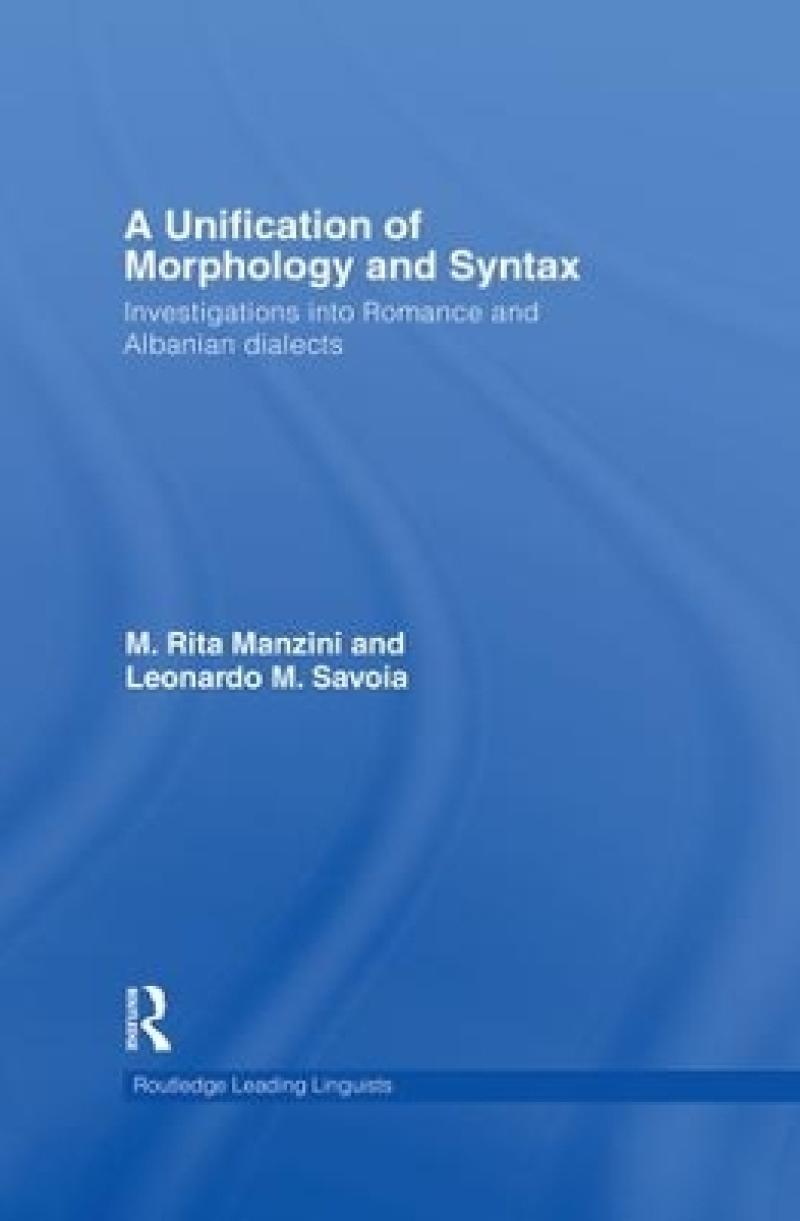This highly original and innovative analysis focuses on the morphosyntax of dialects comprising Italy, Corsica and the Italian and Romansch-speaking areas of Switzerland. The empirical base used in the book includes a wealth of previously unknown or understudied data from a variety of Romansch dialects, whilst the theoretical framework is extremely sophisticated and up-to-date. Linguists of all genres will be fascinated by Manzini and Savoia’s radical conclusion: they claim that their work suggests a unification of morphology and syntax.
Les mer
Examining the morphosyntax of dialetics comprising Italy, Corsica and the Italian and Romantic-speaking areas of Switzerland, this original and innovative analysis presents previously unknown or understudied data from a variety of Romance dialects.
Les mer
Table of ContentsIntroductionChapter 1The nature of the agreement inflections of the verb.Chapter 2Subjects and subject-verb agreement in Italian dialects.Chapter 3Lexicalization patterns of the so-called 3rd person dative.Chapter 4Cooccurrence and mutual exclusion patterns of subject and object clitics.Chapter 5Transitivity and Unaccusativity: Auxiliary selection Chapter 6Parameters of auxiliary selectionChapter 7The syntax of object clitics and middle-reflexives in Albanian dialects.Chapter 8‘Participle’ and ‘infinitive’ in Geg dialects. Chapter 9‘Subjunctives’ and non-finite sentences in Tosk dialects.Chapter 10Causatives in Albanian
Les mer
Produktdetaljer
ISBN
9781138868304
Publisert
2015-04-07
Utgiver
Vendor
Routledge
Vekt
566 gr
Høyde
234 mm
Bredde
156 mm
Aldersnivå
U, 05
Språk
Product language
Engelsk
Format
Product format
Heftet
Antall sider
400
Biographical note
M. Rita Manzini is Professor of General Linguistics at the University of Florence, Italy. Her main research interests are in theoretical linguistics, syntax and language variation, including its acquisition aspects.
Leonardo M. Savoia is Professor of General Linguistics at the University of Florence, Italy. His research interests centre on phonology and morphosyntax.
